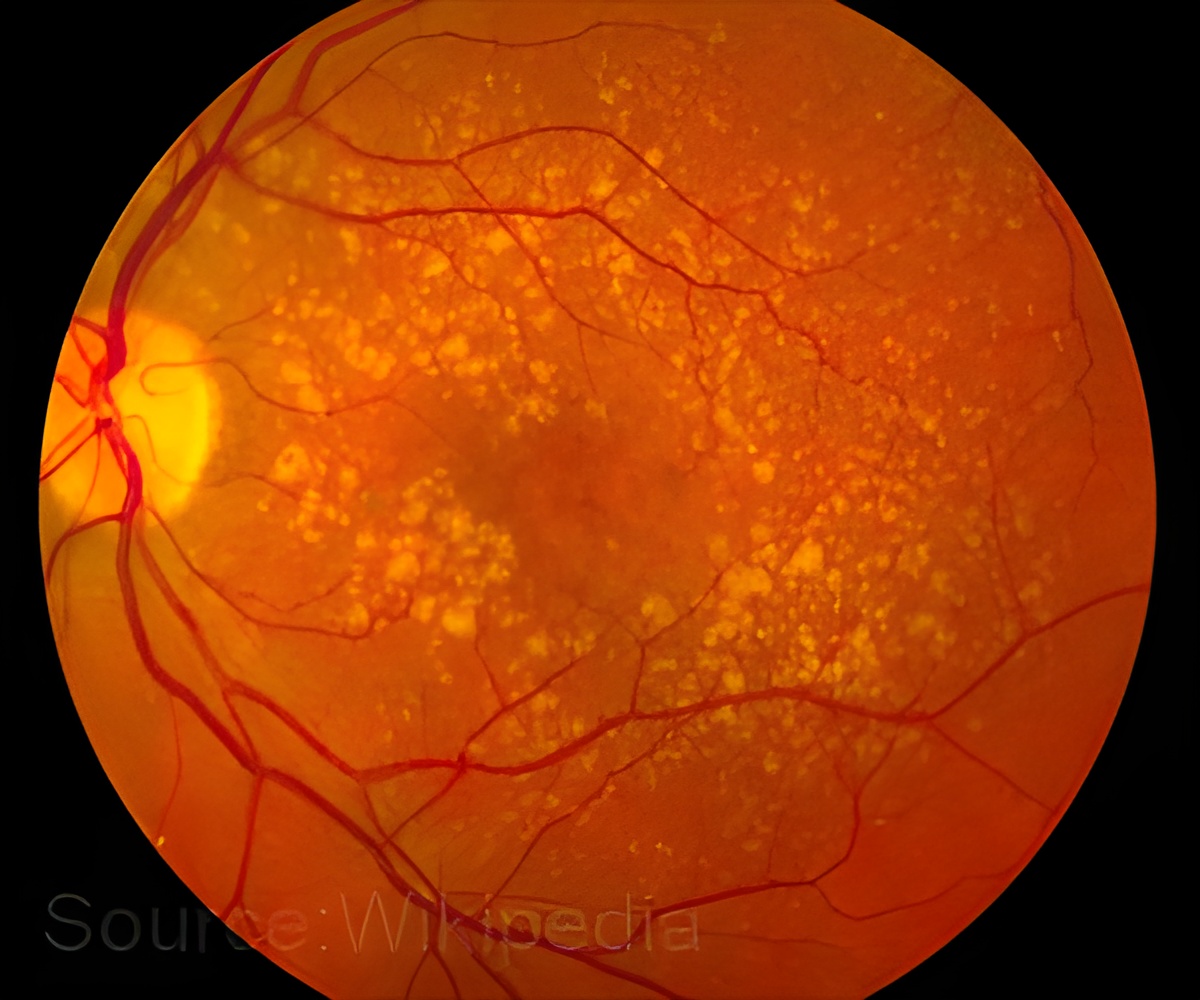Thyroid hormone receptors in the retina when suppressed would show protective effects on the cone receptor cells in human retinal degenerative diseases.

‘Suppressing the activity of thyroid hormone receptors in the retina would benefit patients with retinal degenerative diseases.’





The cone photoreceptor cells are located in the retina behind the eye and are responsible for light stimulation and sensation.The thyroid hormone inhibitors could be administered through topical medications or eyedrops."We wish to see the development of therapeutic agents or eyedrops targeting thyroid hormone locally in the retina to benefit patients with retinal degeneration, specifically by slowing cone cell death and prolonging the life span of cone cells in young and aged patient populations," said Xi-Qin Ding, Ph.D., a researcher involved in the work at the Department of Cell Biology, University of Oklahoma Health Sciences Center, Oklahoma City, Oklahoma.
Scientists used two mouse models of human retinal degenerative diseases, Leber congenital amaurosis and achromatopsia, to test the effectiveness of thyroid hormone receptor inhibition. They treated animals with drugs that block the thyroid hormone receptor and evaluated cone cell survival and death in the drug-treated mice compared to controls (vehicle/placebo-treated mice).
They also genetically deleted the thyroid hormone receptor in the two mouse models and evaluated cone cell survival and death in mice with and without thyroid hormone receptor deletion.
"The ubiquitous actions of thyroid hormone have long been known but continue to offer a panoply of new ideas, at many sites," said Thoru Pederson, Ph.D., Editor-in-Chief of The FASEB Journal. "Here we have a promising lead on the ophthalmological axis."
Advertisement
Source-Eurekalert















